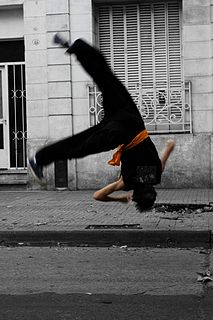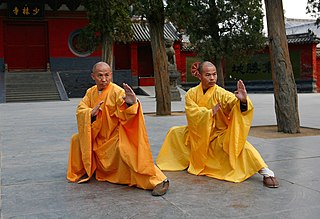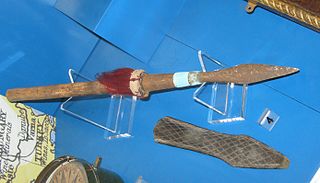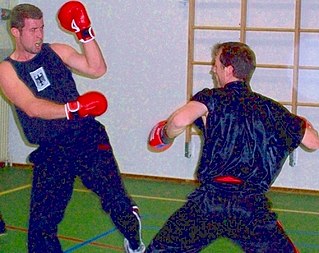 W
WChángquán refers to a family of external martial arts styles from northern China.
 W
WDao are single-edged Chinese swords, primarily used for slashing and chopping. The most common form is also known as the Chinese sabre, although those with wider blades are sometimes referred to as Chinese broadswords. In China, the dao is considered one of the four traditional weapons, along with the gun, qiang (spear), and the jian, called in this group “The General of Weapons".
 W
WA gun is a long Chinese staff weapon used in Chinese martial arts. It is known as one of the four major weapons, along with the qiang (spear), dao (sabre), and the jian. It is called, in this group, "The Grandfather of all Weapons". In Vietnam, the gun is known as Côn in Vietnamese martial arts.
 W
WThe jian is a double-edged straight sword used during the last 2,500 years in China. The first Chinese sources that mention the jian date to the 7th century BCE, during the Spring and Autumn period; one of the earliest specimens being the Sword of Goujian. Historical one-handed versions have blades varying from 45 to 80 centimeters in length. The weight of an average sword of 70-centimetre (28-inch) blade-length would be in a range of approximately 700 to 900 grams. There are also larger two-handed versions used for training by many styles of Chinese martial arts.
 W
WThe Nangun is a variation of the application of the "northern Chinese staff", which is featured in contemporary wushu exercises and forms. It is based on staff techniques coming from Southern Chinese martial arts. Its movements stress hitting, in contrast to the cutting and swinging techniques of the northern staff.
 W
WNanquan refers to a classification of Chinese martial arts that originated south of the Yangtze River of China with emphasis on "short hitting" and the arm movement, predominantly in southern styles such as Hung Kuen, Choi Lei Fut, Hak Fu Mun, Wuzuquan, Wing Chun, and so on.
 W
WQiang is the Chinese term for spear. Due to its relative ease of manufacture, the spear in many variations was ubiquitous on the pre-modern Chinese battlefield. It is known as one of the four major weapons, along with the gun (staff), dao (sabre), and the jian, called in this group "The King of Weapons".
 W
WSanda, formerly Sanshou, also known as Chinese boxing or Chinese kickboxing, is the official Chinese full contact combat sport. Sanda is a fighting system which was originally developed by the Chinese military based upon the study and practices of traditional Kung fu and modern combat fighting techniques; it combines full-contact kickboxing, which includes close range and rapid successive punches and kicks, with wrestling, takedowns, throws, sweeps, kick catches, and in some competitions, even elbow and knee strikes.